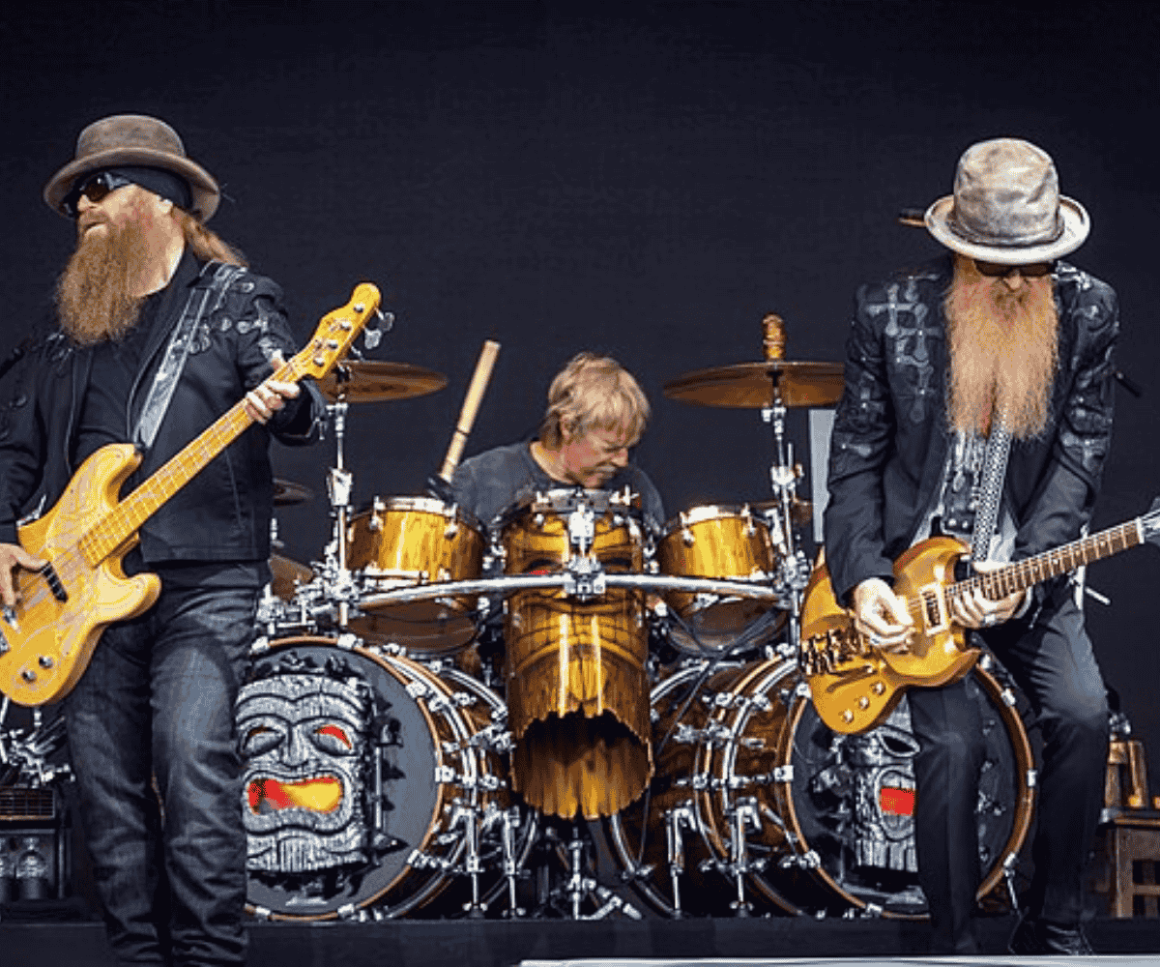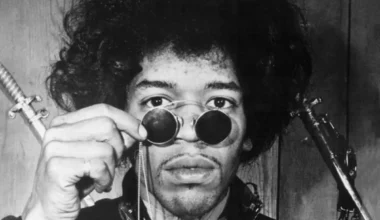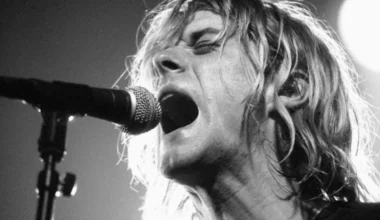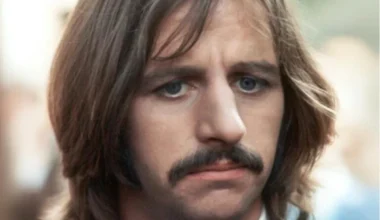In 1969, ZZ Top emerged from Texas’s blues scene with a mission: to harden its edge with rock influences.
Fronted by Billy Gibbons, who previously played in the psychedelic blues band Moving Sidewalks, ZZ Top delivered a straightforward take on the genre, merging rock-solid Southern swagger with gritty blues undertones.
At the heart of Gibbons’s style lies the blues. Even when exploring more conventional rock, his guitar work remained deeply rooted in blues traditions, characterized by a raw, soulful tone.
His playing seamlessly blended classic blues techniques with modern sensibilities, resulting in an emotional depth and improvisational flair reminiscent of early blues.
This blend not only established ZZ Top as a formidable force but also elevated Gibbons to the ranks of respected blues-rock musicians, catching the attention of contemporary rock pioneers like Keith Richards.
“These guys are the heartbeat of the entire country, the heartbeat of rock and roll,” Richards praised. “These cats know their blues, and they know how to dress it up.”
Yet, to label Gibbons as strictly a blues guitarist would be an oversimplification. His roots allowed him to explore innovative avenues, pushing the boundaries of how blues could intersect with other genres.
Recognizing that traditional blues alone wouldn’t ensure their longevity, Gibbons modernized the sound by infusing it with a harder rock edge and the groovy rhythms of boogie, utilizing distorted guitar tones and refined beats to energize the genre.
With the album Tejas, Gibbons expanded the fusion of blues-rock and Texas boogie while incorporating more country influences, showcasing his musical versatility and willingness to experiment.
This record featured hidden gems that hinted at his growing interest in technology and production techniques. For instance, the track “It’s Only Love” blended blues with a mellow, country-inspired vibe, illustrating Gibbons’s ability to create relaxed grooves that complemented the album’s softer moments.
Reflecting on this underrated composition, Gibbons shared, “It’s a blues/country combo platter that owes something to the immortal Jimmy Reed insofar as ‘Baby, what you tryin’ to do’ is a lyric inspired by Jimmy’s ‘Baby What You Want Me To Do.’ It’s ‘fonky’ with an ‘o.’”
While staying true to their signature bluesy sound, tracks like “It’s Only Love” showcased Gibbons as a maestro of blending subtlety with technical skill.
This song exemplified how his blues interests were underscored by versatility, allowing him to evoke deep emotion and sophistication while remaining firmly rooted in the raw essence of blues rock.








